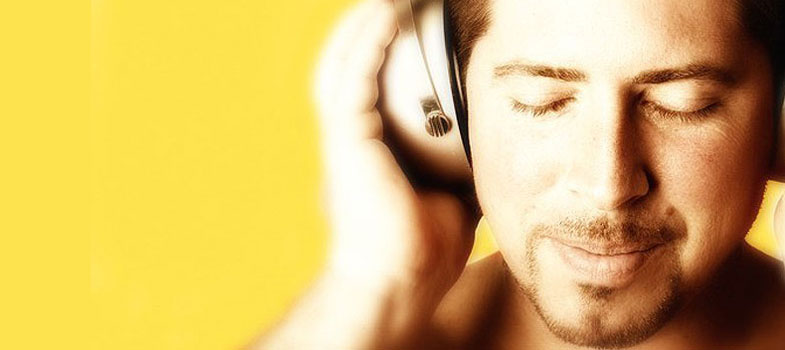As a professor of neurology, I have been often questioned about which substance is the best tranquillizer? Despite being trained in therapeutic neuropharmacology, I still maintain that music is perhaps the most effective natural tranquillizer. This natural tranquillizer comes with the value addition of being able to create an incredibly pleasurable experience often described as “chills” — a term often used by high net worth individuals.
I was quite excited to learn that music gives the “chills”, actually an intensely emotional pleasant response, because of the significant increase in cerebral blood flow in the limbic system and its connections; these are linked to reward and motivation, emotion and arousal and are also activated in other pleasurable situations. Further to that the electrical GAMA wave activity while listening to any kind of music, or songs which are close to the heart, is similar to the one observed during deep meditation
Interestingly, babies come into the world with musical preferences. They to begin to respond to music while still in the womb. At the age of four months, they ‘coo’ when they like a certain tune and squirm when not interested in the melody. Scientists say that certain rules for music are hard wired into the brain.
The electrical GAMA wave activity while listening to any kind of music, or songs which are close to the heart, is similar to the one observed during deep meditation
American philosopher, classicist, and academic Allan Bloom calls music “the soul’s primitive and primary speech or reason”. Perhaps the words are subordinate to the musical tone — rhythm and harmony. Music is also considered as the inner or universal language of God and the human brain has an implicit musical ability.
Incidentally, nature has given more privileges to music in the human brain as well. While the left hemisphere predominantly processes the language and the speech area, the music processing circuits are specialized and are driven by chemicals such as dopamine and glutamate in both hemisphere acting in tandem. While there is no documentation of a specific music centre in the brain the right hemisphere, which is close to the space or universe, has been traditionally identified as the seat of music appreciation.
It may be tempting to speculate that understanding the biology of music would allow people to use it better in medical and other areas as empirical and supportive tools since applications of music go beyond entertainment. The supportive role of music in improvising memory, reducing fluctuation in blood pressure, treating symptoms of neurasthenia and adding to the quality of life in patients with Parkinson’s and residual stroke are being evaluated with evidence and optimism.

